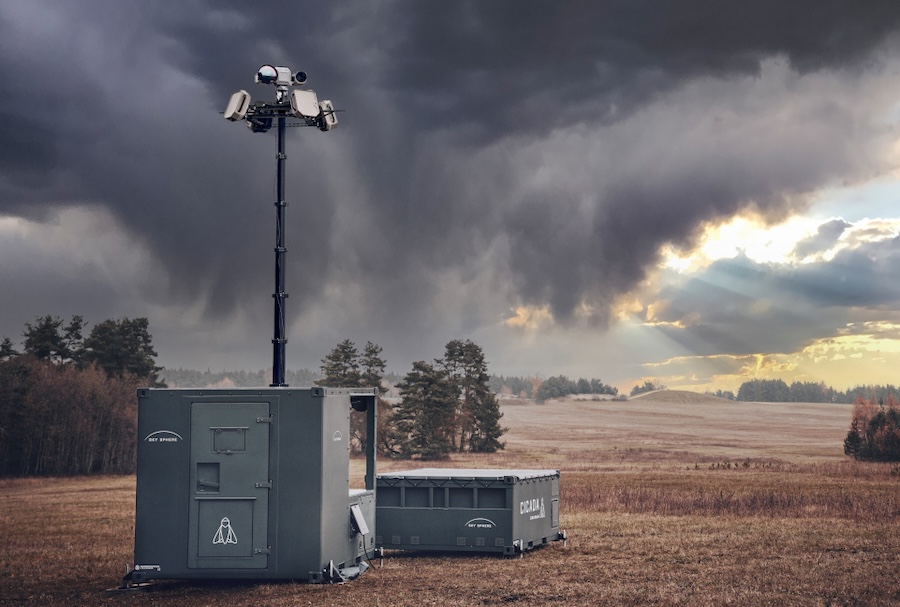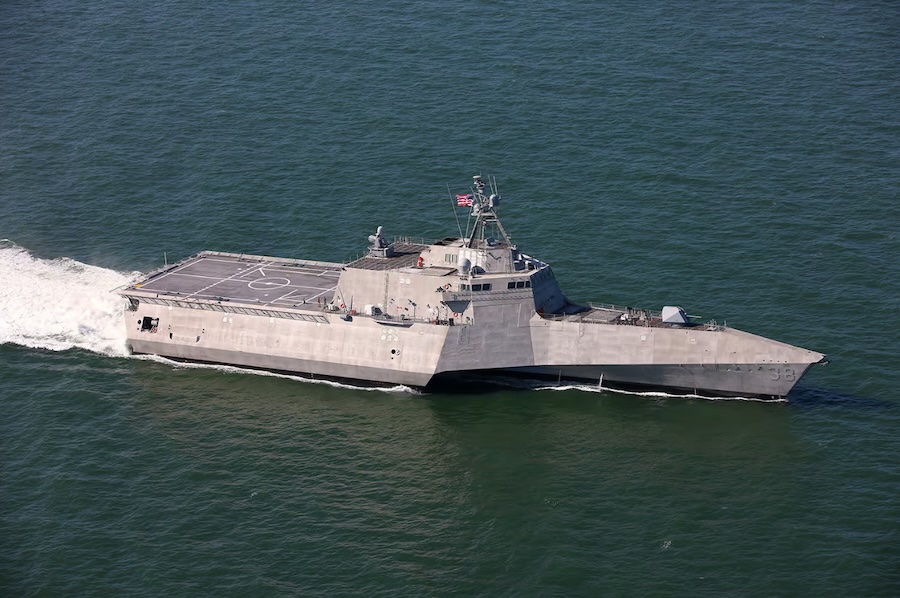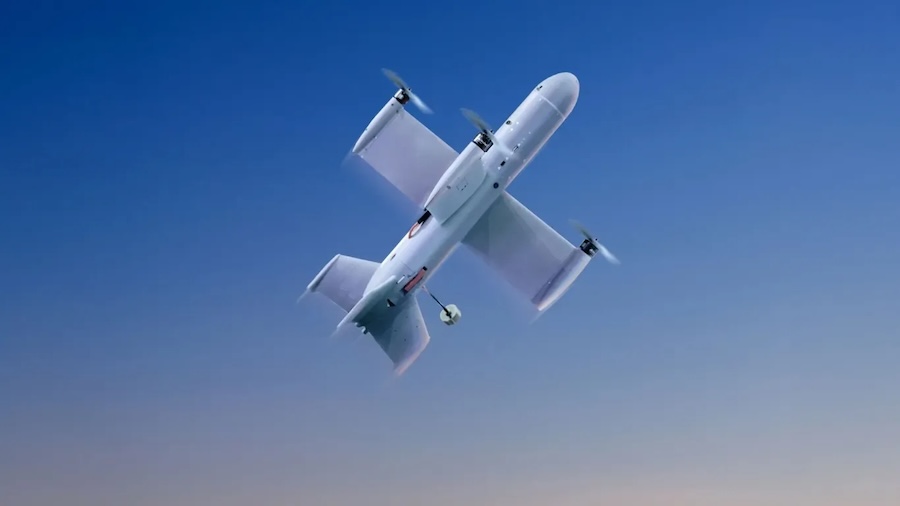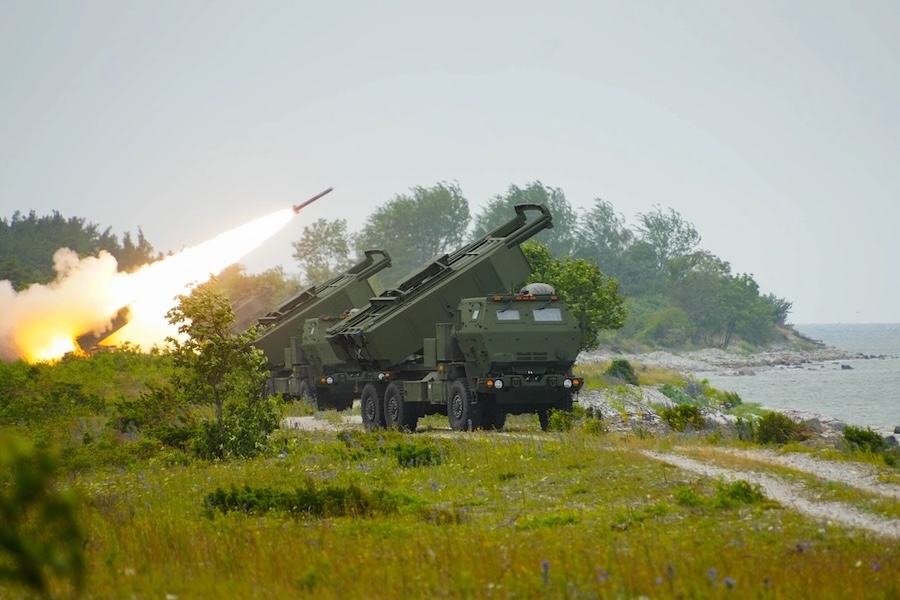As global adversaries develop increasingly sophisticated weaponry, NGI is intended to provide a precise and layered shield against these threats. “Think about this as deterrence through defense,” said Sarah Hiza, Vice President of Strategic and Missile Defence at Lockheed Martin. “It’s about letting our enemies know we can stop a threat before it hits.”
NGI distinguishes itself through its modular, open-system architecture, which allows it to adapt quickly to emerging challenges. Unlike traditional missile systems, it supports in-silo upgrades, eliminating the need for full replacements and enhancing cost efficiency and operational readiness.
The programme was “born digital,” enabling engineers to virtually test and refine the design before hardware construction begins. “This lets us test and tweak the design in a virtual environment before we ever build hardware,” explained Sarah Reeves, Vice President of NGI at Lockheed Martin. “It ultimately allows us to outpace emerging threats and keep ahead of adversaries with rapid, responsive improvements.”
Currently, critical components of the system—including its multiple kill vehicle design, sensors, software, and propulsion systems—are undergoing rigorous testing. The company has built dedicated production and integration facilities equipped with digital tools and advanced robotics specifically for NGI.
“These aren’t old facilities we’ve retrofitted or attempts to squeeze into a legacy footprint,” Reeves noted. “We built these from the ground up with NGI in mind. That makes a big difference in quality and agility.”
The development effort also involves collaboration with smaller, non-traditional companies contributing specialised technologies across areas such as AI, advanced materials, and next-generation propulsion. “We’re partnering with startups and innovators across the country,” said Reeves. “These companies have incredible capabilities, and we’re tapping into those to stay sharp.”
Despite a shift in the deployment timeline, the programme continues to progress steadily, with efforts now concentrated on refining manufacturing processes and finalising design elements ahead of a key Critical Design Review milestone. “It’s about making sure we have the production and supply chain pieces where they need to be,” Reeves stated. “From a tech perspective, we’re in a great spot.”
With NGI positioned as a cornerstone of a fully integrated homeland defence system, Lockheed Martin believes the programme represents more than a technical achievement—it marks a strategic commitment to national security. “It’s not just a program; NGI is a promise to protect,” the company said.
Source: Lockheed Martin.

























